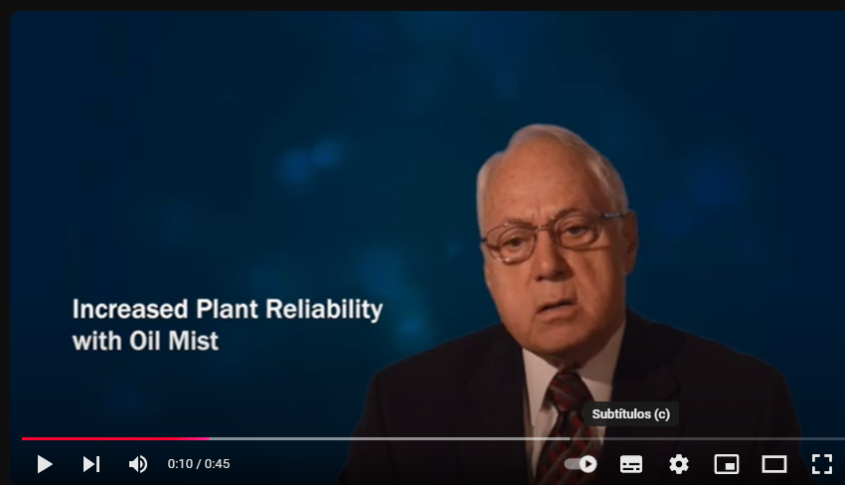With this post we will close the cycle.
Oil Mist lubrication has been operating since 1967 in the Oil & Gas Industry with excellent results worldwide. With more than 150,000 mist lubricated pumps since then, the installed base and references are extremely large, both in the United States, Latin America, the Middle East and Europe.
If you have an MTBF of less than 6 years in any of your Plants, performing a retrofit to install oil mist lubrication is without a doubt the best option that exists to improve. The project to improve lubrication will not interfere with the normal operation of the plant, and a Plant Shutdown is not required to apply the technology.
We wanted to honor the memory of Heinz Bloch with these posts and provide information so that you know firsthand the benefits of applying this technology.
You can leave your comments here, visit our webpage at https://sicelub.com/en/solutions-sicelub-lubritech-group/#tab-id-1 , or asking for more information to our email info@sicelub.com





